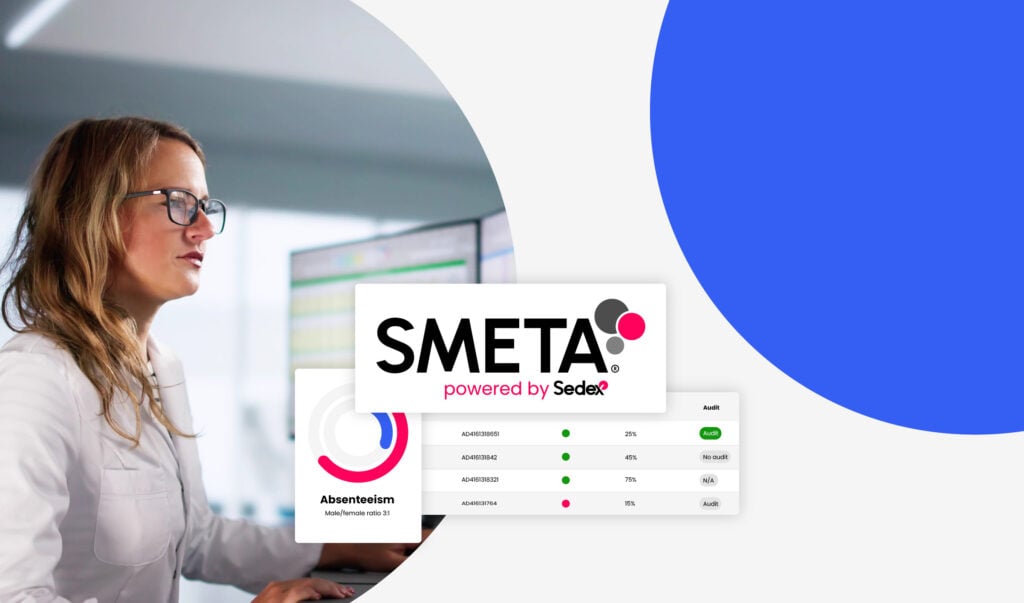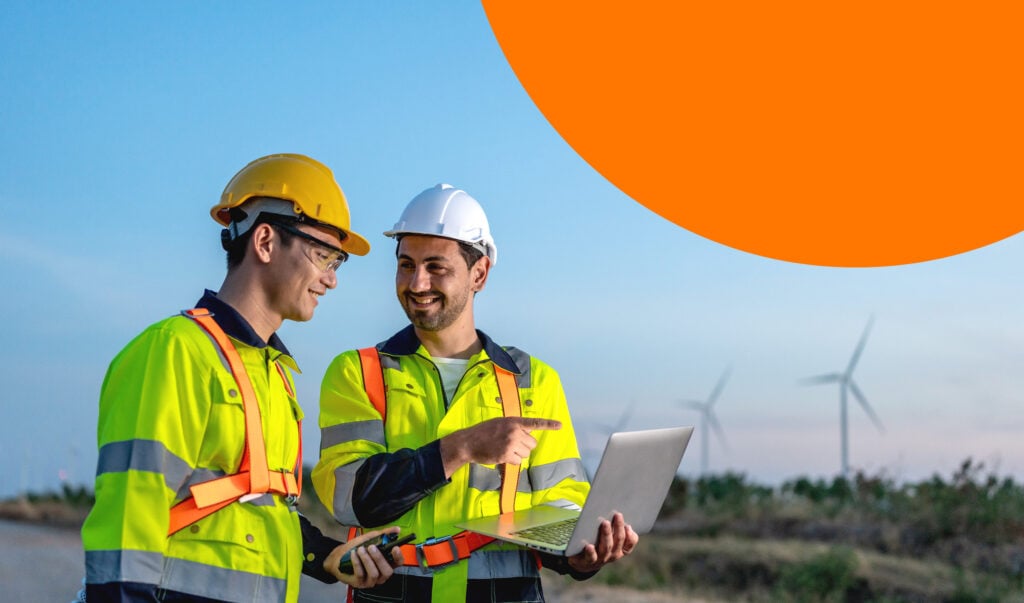Explore our blog to stay up to date with the most recent trends, insights, and innovations in sustainability. Whether you’re interested in ethical sourcing, environmental impact, or corporate responsibility, our articles provide valuable information to help you make informed decisions.
Blog Articles


Blog
Uyghur Forced Labor Prevention Act (UFLPA): What you need to know

Blog
Getting Ahead of the Curve: Why Your Clients Are Auditing Service Providers – And How to Prepare

Blog
Closing the Blind Spot: Managing Risk in Service Supply Chains

Blog
Unlocking the Full Value of SMETA Audits with Sedex

Blog
Best Practices for Retailers in Building a Circular Economy

Blog
Responsible Business Strategy: Staying the Course in Unpredictable Times

Blog
Beyond compliance: Why site-level sustainability data is essential for effective supply chain due diligence

Blog
How to implement human rights due diligence in your supply chain

Blog
Effective stakeholder communication: A guide for supply chain leaders

